It took a bit of easy burrowing to come up with some statistics that just may shock many Harley-Davidson enthusiasts. Unit sales over the past 10 years show a company in severe retreat. Sales have cratered.
To be precise, Harley-Davidson sold in excess of 100,000 fewer motorcycles worldwide last year than it did in 2014.
While it’s safe to say that the overall motorcycle industry has changed dramatically this century, U.S. manufacturer Harley-Davidson stands out in terms of retrenchment, although it’s not alone in having dealerships disappear, models choices evolve, and group owners replace “mom and pop” stores in their dealer networks.
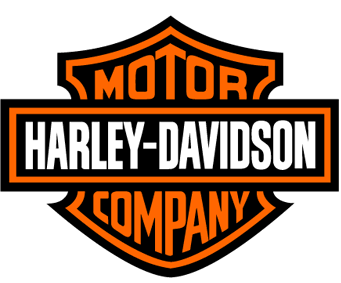
Still, some brands have surged in popularity over the past decade.
Between 2014 and 2023, sales of Triumph’s motorcycles rose more than 80 percent from 54,432 models sold in 2014 to 98,039 last year due to a broadening of models and more dealers.
BMW sales were up more than 69 percent from 123,495 sold in 2014 to 208,528 in 2023, while Ducati sales climbed more than 29 percent from 45,100 in 2014 to 58,224 in 2023.
What do the Brits, the Germans and the Italians know that Harley-Davidson execs have overlooked?
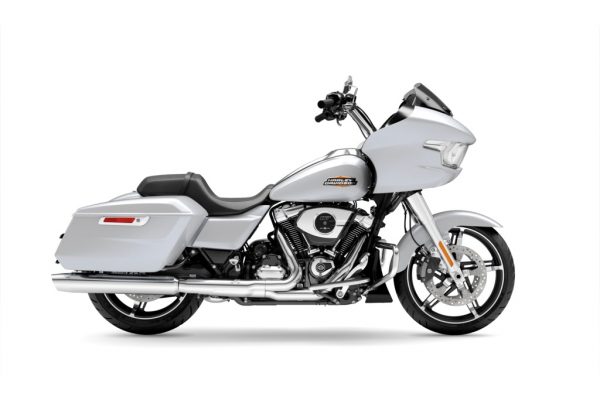
The crumbling sales figures for Harley-Davidson qualify as truly startling. It’s a troubling decline in popularity for a lifestyle brand. Can it be traced simply to bad corporate decision-making or more to changing demographics and tastes.
Harley-Davidson’s worldwide sales plummeted 39 percent from 2014 through 2023 – from 267,999 motorcycles sold in 2014 to 218,273 in 2019 and 162,771 in 2023.
Here in the United States, Harley-Davidson sales had an even bigger 42 percent drop. It sold 168,863 motorcycles in 2014, which dropped to 125,960 in 2019 and dropped even further to 98,468 in 2023.
So is the decline in sales a result poor past and current management or by a design plan crafted to please Wall Street?
As a motorcyclist friend noted during a recent conversation, when Harley-Davidson’s core customers balked at buying adventuresome products (from the V-Rod to the Pan America), company management blinked … and yanked support for anything non-traditional. That included a proposed sport bike model dubbed the Bronx that could have extended the brand’s reach.
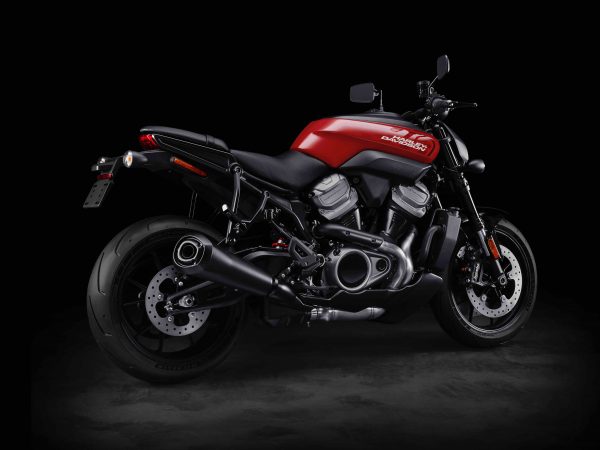
For the last three years, the company has been engaging in what it calls a “Hardwire strategy.” It has been “focusing on our most profitable products and markets,” according to Jochen Zeitz, who is chairman, president and CEO of Harley-Davidson.
Zeitz’s observation came in February when the company announced 2023 financial results. Translated, he meant that Harley-Davidson has been successful in trimming its dealer network and its model lineup while emphasizing its pricier offerings. In other words, even as he’s engaged in right-sizing, he’s milking the company for all it can get in the short-term.
An argument can be made that Harley-Davidson has shifted to its detriment. Without proclaiming such, the company has quietly abandoned the more middle class shoppers who sustained the company for decades. Instead of being a mass appeal brand, it has turned itself into a luxury brand.
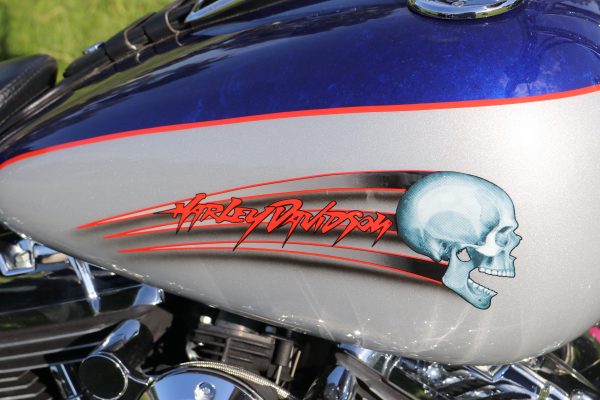
While Harley-Davidson may never become a small niche brand, it’s no longer the behemoth of before. Its strategy is to become more exclusive even as it continues to promote its inclusive heritage and iconic status. It wants to retain its image as an aspirational brand even as it makes products that are less and less accessible.
What’s the future of Harley-Davidson? Probably more contraction because of inertia and because the result so far hasn’t been catastrophic for the company. Proof can be found in the numbers. In 2023, motorcycle shipments by Harley-Davidson dropped seven percent from 2022 but revenue only dipped slightly by a mere one percent.
The big question mark remains whether the company can attract new and younger customers at a time when the popularity of cruiser models is in descent. Older riders aging out of the recreation are not being replaced by younger riders who have less interest in cruisers and less disposal income.
Honda, for instance, has gone so far as to pretty much exit the heavy cruiser market; the exception being its 1,312cc chopper-inspired Fury model. In the early 2000s, Honda offered loads of cruiser models in that size and larger. Honda divined the future.
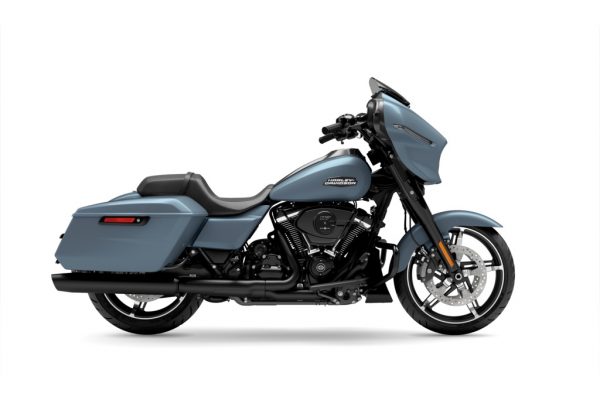
Suffice to say that for now, Harley-Davidson’s products no longer cater to the broader audience of the past. By focusing on a declining segment of riders and through downsizing, the brand has consequently become much less relevant, even if that perception hasn’t yet caught up with the reality. It may not be premature to declare that an icon has become a has-been based solely on the sales figures.
Looking ahead, Harley-Davidson cannot continue in the direction it’s headed. The steep drop in sales worldwide and at home sends a definite message. Harley-Davidson is a brand in retreat with products that are no longer as affordable, attainable or desirable as they once were. If I were a dealer, I’d be very worried.
(Bike photos courtesy of Harley-Davidson.)
 Ride CT & Ride New England Serving New England, NYC and The Hudson Valley!
Ride CT & Ride New England Serving New England, NYC and The Hudson Valley!


